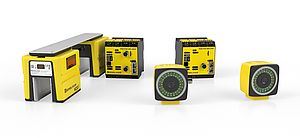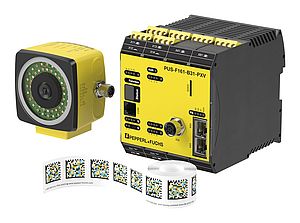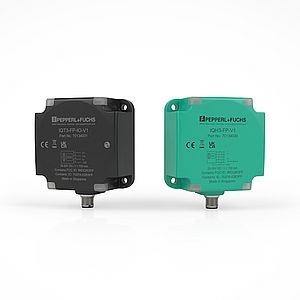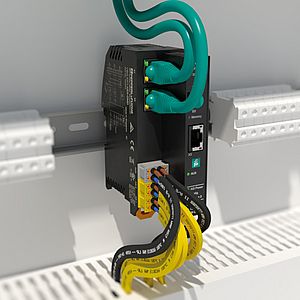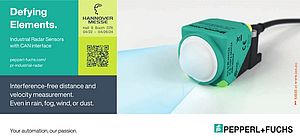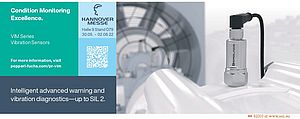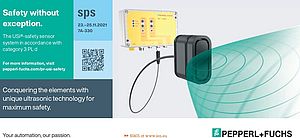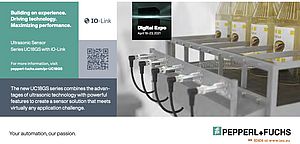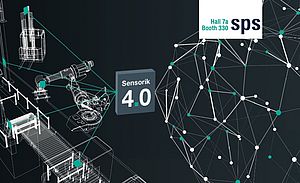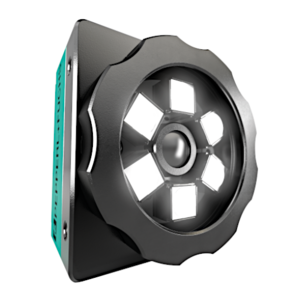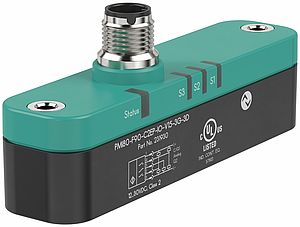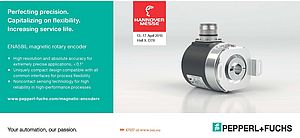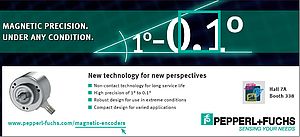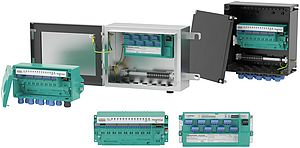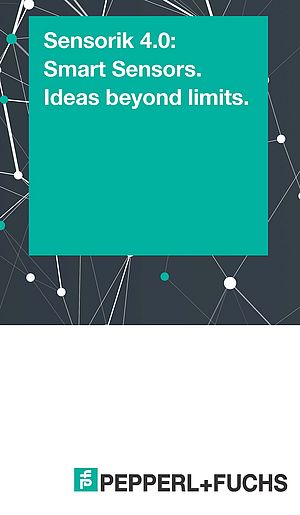Though it may sometimes seem like it, electric cars are not just a passing trend. Long before diesel and gasoline cars conquered the market, the Frenchman Gustave Trouvé introduced the first electric car to the public in 1881. It had 6 hp and reached a speed of 12 km/h with a range of 14 to 16 km. Today's electric cars are worlds apart. An essential part of this success story are the technical advances relating to the heart of the electric car — the battery.
The Pepperl+Fuchs Group offers tailor-made solutions for every step of battery manufacturing — from the cells and modules to the finished pack and installation in the chassis. This is carried out by highly specialized subsidiaries which work closely with and are trusted by automotive manufacturers all over the world. A selection of solutions from Pepperl+Fuchs, VMT Vision Machine Technic Bildverarbeitungssysteme GmbH, and Polyplan GmbH demonstrate how plant operators can successfully automate their battery manufacturing.
Double Foils Detected Reliably
Industrial sensors from Pepperl+Fuchs ensure smooth processes at every stage of battery manufacturing — such as in double-layer detection when stacking the foils, which is especially challenging. Because the electrode foils are extremely thin, two or more foils may stick together. However, the anode and cathode must always be stacked alternately to maintain quality of the battery cells.
IO-Link double sheet sensors are used for this purpose. Using ultrasonic pulses, they monitor the material flow and detect whether a double layer has been fed in. "Non-contact detection means the sensitive films cannot be damaged," explains Michael Förste, Key Account Manager Automotive at Pepperl+Fuchs. "The robust ultrasound measuring principle ensures that neither color nor reflective properties affect the detection." The integrated IO-Link interface also enables simplified configuration and opens up new potential for machine analysis and servicing.
Monitoring Quality in Three Dimensions
In the classic battery architecture, several cells are connected in a single module, and then several modules are assembled to form a finished battery pack. Pepperl+Fuchs has the perfect sensor technology to support this by checking the quality of the assembled battery module. Before further processing, it is necessary to check whether all the required cells are present and positioned correctly," explains Michael Förste. To avoid delays in production, quality control should take place immediately, while the module is being transported on a conveyor belt or roller conveyor.
The ideal solution to this task is the SmartRunner Explorer 3-D: With stereo vision technology, the vision sensor ensures fully automatic quality control while the process is ongoing. To achieve this, it generates a high-resolution 3-D point cloud image of the measuring range. A precise map is created of the battery module and the cells, including all of the required details. The ViSolution software allows intuitive commissioning of the SmartRunner Explorer 3-D. In this way, plant operators can quickly and easily obtain all the data they need for quality inspection of the battery modules.
Dissipate Heat Safely
Application of thermal paste plays a central role when assembling modules into battery packs. These gap fillers are essential to protect the battery from overheating. Here, a vision solution from VMT Bildverarbeitungssysteme GmbH comes into play. This is a pioneering inspection system for monitoring adhesive beads. "The VMT SpinTop G2 monitors the continuity and correctness of gap filler layers — and this happens as they are being applied, so no additional time is needed for analysis," explains Joachim Kutschka, Senior Manager Sales & Product Management at VMT. The inspection system is attached directly to the robot arm. Two measuring units rotate together and provide three-dimensional detection of the material bead as it is applied. A technology package is also supplied which enables easy communication with the robot controller. The new generation of the SpinTop uses high-quality blue and red lasers which significantly improve detection quality at greater distances and on dark surfaces. In addition, the SpinTop G2 achieves a rate of up to 900 scans per second and double the resolution. This significantly increases the quality of the monitoring. This makes the solution also suitable for other tasks in battery manufacturing — such as checking the millimeterthin sealing beads that are applied to the edge of the tub before the battery pack is closed. The inspection system is currently being used successfully for these applications in the plants of various international automotive manufacturers and dosing technology providers.
Sustained Protection against Corrosion
Corrosion prevention is also crucial when closing and sealing the battery pack. For this purpose, Polyplan GmbH offers an especially efficient and resource-saving solution that has already proven its worth in battery manufacturing with several customers. "The cooling connections and fittings that need to be protected from corrosion are often difficult to access," explains Jan Jacobi, Head of Sales and Aftersales at Polyplan. As a result, common automation solutions often spray too much wax, which not only wastes material, but contaminates the environment. This requires the excess material to be cleaned and the resulting aerosols to be extracted.
In contrast, the solution from Polyplan offers numerous advantages: "We use a patented airless/airmix process in which no aerosols are formed. The wax is applied with a precision of +/- 1 mm at a distance of 500 mm. This means we only need a minimal amount: approx. 1 g/m. Since the time-consuming and cost-intensive cleaning and extraction is no longer required, our customers also benefit from shorter cycle times." From the industrial robot to the wax dosing system to safety engineering, Polyplan supplies everything needed for a turnkey robot cell — each tailored to the customer's individual battery plant.











